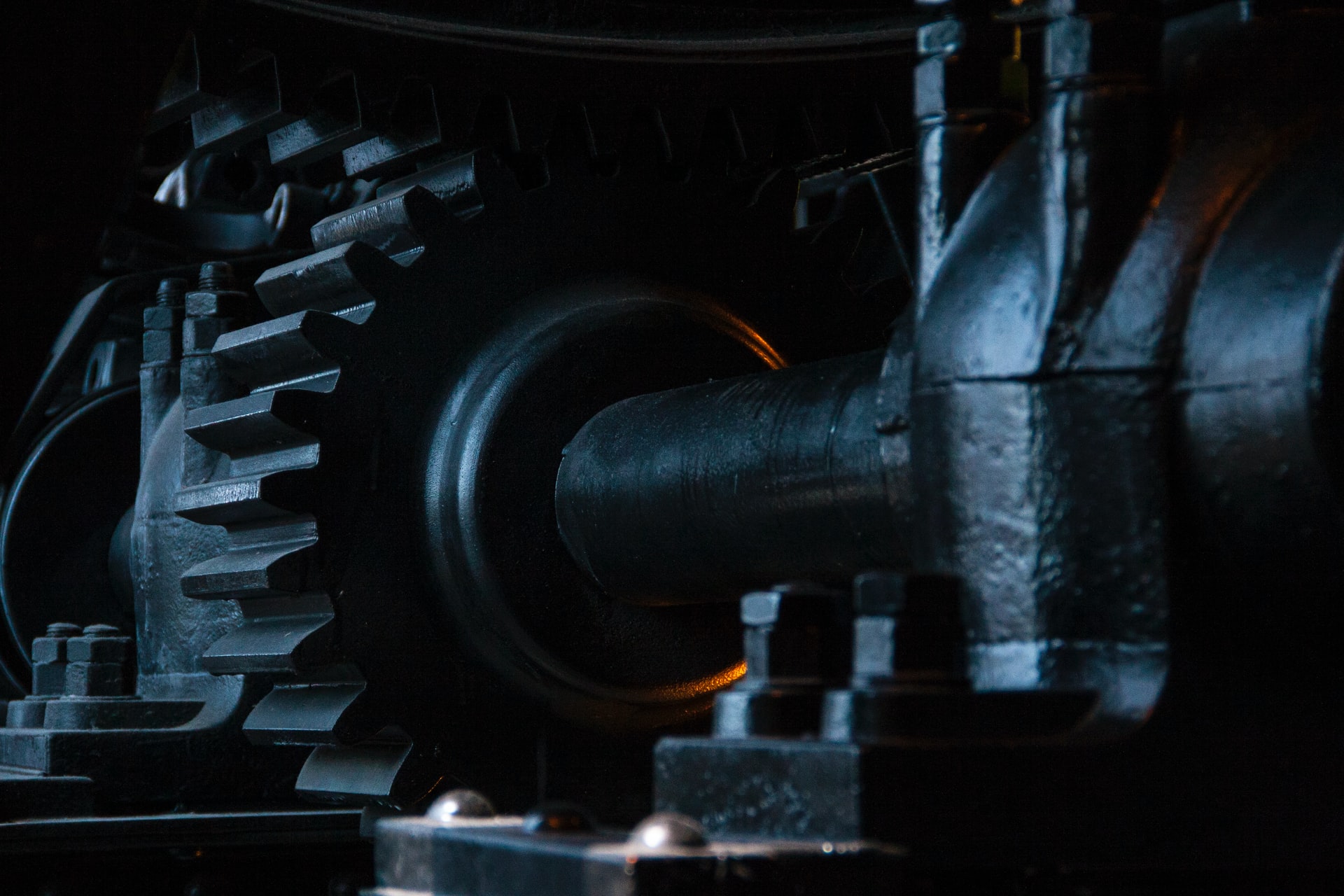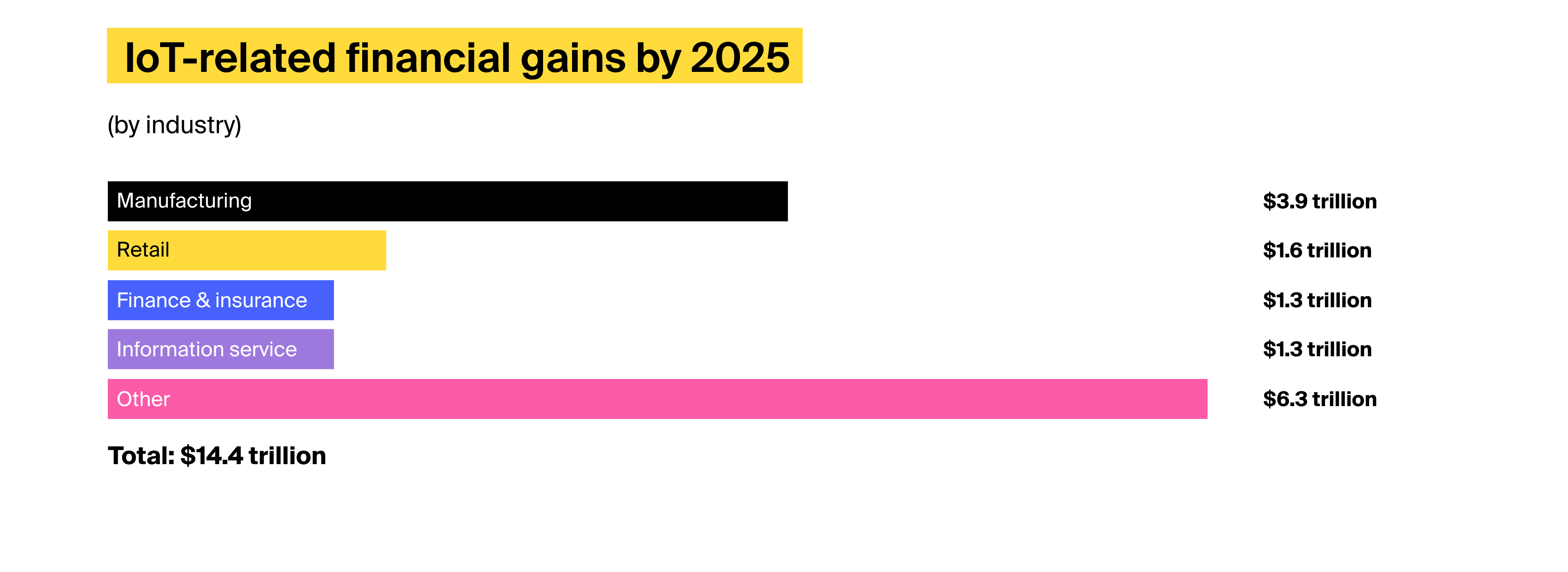Large manufacturers lose
around 323 production hours a year due to equipment downtime. If we add up lost revenues and potential financial penalties for missing deadlines, the costs associated with machinery failures can amount to $532,000 per hour for large production plants. Employing IoT in manufacturing can spot equipment malfunctioning at early stages, minimizing downtime, and, according to McKinsey, reducing maintenance costs by around 40%.
IoT sensors fitted on industrial equipment will gather performance-related data, including pressure, vibration, etc. in real time. This information is transmitted to the gateway or directly to the cloud and combined with the machine’s configuration data, and its usage history to catch any abnormal patterns. Factory floor managers will have access to the analysis and will schedule further inspections and maintenance so that the impact on the production process is minimal.
One example is IoT-enabled truck tires, where sensors gather data on the tires’ utilization to schedule maintenance and replacement, avoiding the situation where the tire blows up during a transportation trip, bringing the vehicle to a halt and delaying the delivery. Volvo
equipped its trucks with IoT sensors, which led to 70% reduction in diagnostic time and 25% decrease in repair time.
Besides reducing downtime, predictive maintenance increases equipment lifetime, reduces costs, and lowers the risk of accidents. It is a more efficient and safer substitute of the traditional maintenance with scheduled inspections, especially that sometimes manufacturing machines are not easily accessible, and it is not safe to be around them.















